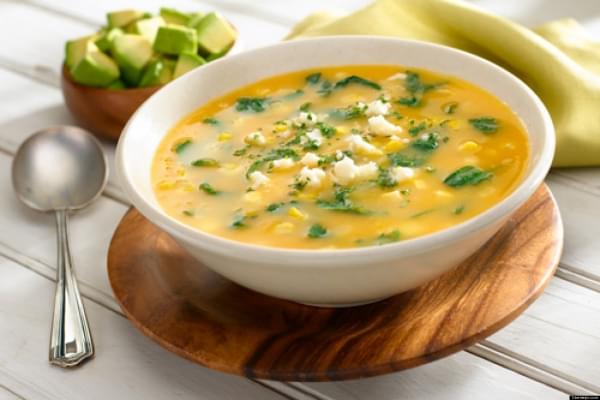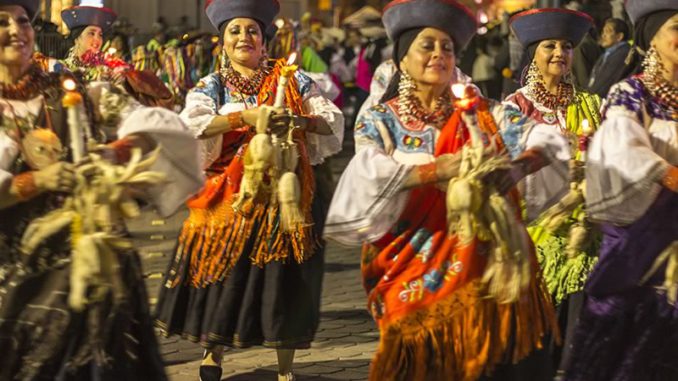The gastronomy of Ecuador is characterized by its varied way of preparing food and drinks. Within the country we can find 4 main regions: coast, mountains, east and insular region (Galapagos) with their respective customs and traditions. Within the "typical food" we can find; rice, egg, potatoes, avocado, beef or pork. Because Ecuador has a wide coastline, marine products are abundant. Among the Ecuadorian food there are more recognized dishes, it is found, the ceviche, the bun, the fanesca, the fish sancocho etc. On the other hand, the tropical zone of Ecuador is very rich in its different varieties of fruits: naranjilla, guanabana, granadilla, pitahaya, etc.
Humitas
It consists mainly of a corn paste, wrapped and cooked in the leaves of an ear of corn. It can be accompanied with eggs, avocado, onions, and different spices to give it more flavor. Humitas have become a well-known dish, they can be made with salt and sweet.

Bolones
Bolones de verde are prepared with green plantains or plantains, which are cooked and crushed to form a kind of dough, which is filled with cheese or chicharrón or chorizo. On the coast there is no richer breakfast than a delicious green bolón accompanied by a fried egg, chili pepper, and a cup of coffee.

Potato locro with cheese
It is a creamy soup based on potatoes with cheese and avocado. It is consumed in the area of the Andes mountain range, typical of several Andean peoples that based a large part of their diet on corn and potatoes. It can include any variety of meat, vegetables, onions, and beans.

Encebollado
It is a typical Ecuadorian dish, originally from the coast region and considered one of the best dishes in Ecuador. Encebollado is a fish broth, which contains yucca and pickled red onion. The dressing is mainly prepared with onions, fresh tomato, chili powder and other spices. Generally, the fish to prepare the onion is albacore, although you can also use tuna, weevil, among others.
![]()
Hornado
Roast pork with potato, corn, ripe, mote and avocado tortillas. The hornado is typical of the Sierra del Ecuador.
![]()
Fish Maito
It is a very popular dish in the Amazon region of Ecuador. They cook it by wrapping the fish in the leaf of the banana plant and putting it on the fire. Accompanied by yuca, rice or patacones, it is a delicious dish.
![]()
Canelazo
It is a hot alcoholic drink that is consumed in the mountainous areas of Ecuador. Commonly made with the juice of the naranjilla, blackberry, passion fruit and sugar cane, commonly boiled with cinnamon. The alcohol from sugar cane is commonly added. Part of the Ecuadorian food culture, it is taken at the Quito festivities.
![]()




